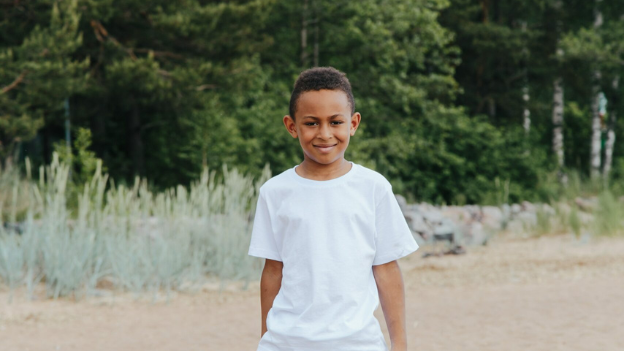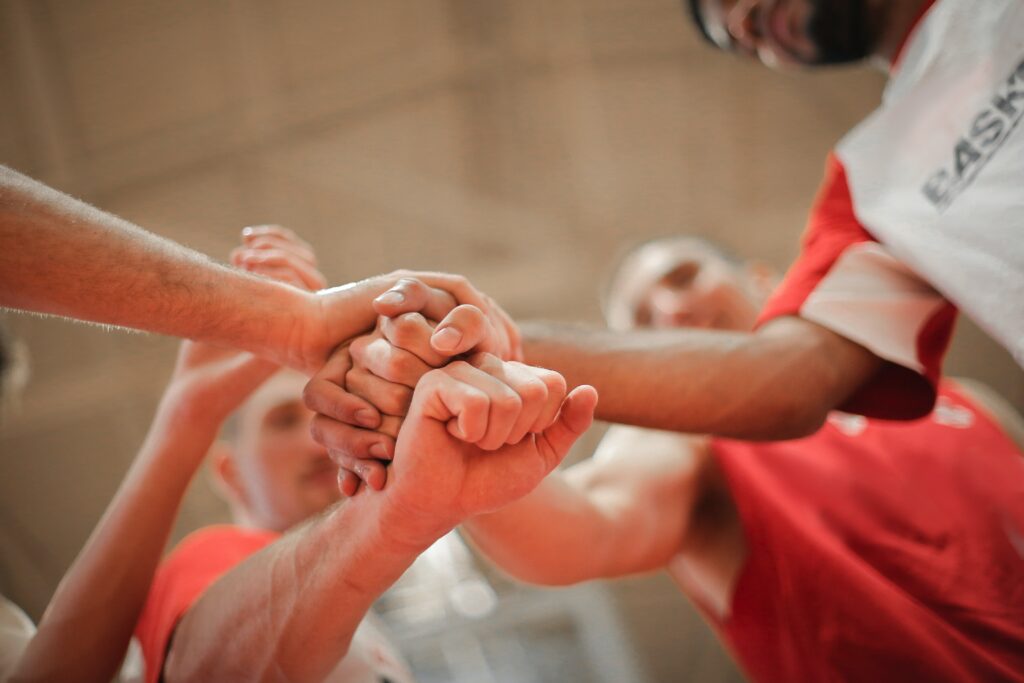
Equity in education is important to understand. This shift in pedagogy requires children, educators, and their families to work together to make sure no one gets left behind. It insists we change our way of thinking, value every child, and challenge social injustices.
Traditional methods of learning are usually linear, aimed at filling children with information with success solely determined by tests and competition. The student’s ability to test well allows them to move forward in life, whether towards further education or a career. Those who do not fit this mold may be deemed unsuccessful and unable to access the education and careers they deserve. This is inequity.
KneoWorld understands inequity in education and focuses on the whole child and the experiences they bring with them to learning. The teacher, family, and child are active participants in learning, and assessment is used to provide formative data for teachers to evaluate and meet the individual needs of their students.
So, what can we as educators do to ensure our teaching practices are equitable?
Challenge your own beliefs and biases.
Being aware of your personal experiences and culture can affect your judgement in the classroom. Be mindful that your own experiences can be expressed through the unconscious decisions you make on a daily basis. Engaging in reflective practice will enable you to work through your assumptions and move forward to be more aware of your own beliefs and biases that are affecting your teaching practices

Be a positive role model.
Model appropriate behaviour and call out inequity when you see it. Have those difficult conversations when students present biased comments. Do not allow discrimination to appear in your classroom, instead encouraging an all-inclusive environment.
Display compassion and understanding.
It is possible to maintain professionalism while also wearing your heart on your sleeve. Allowing yourself to “feel” and appreciate others’ plights and showing that to your students makes you human. Pushing those feelings aside simply demonstrates to your class that they do not need to show compassion, when in fact, they should.
Make small changes.
Every little thing you do makes a difference. When big issues present themselves, ask yourself and your students what you can do to make a change. It does not need to be ground-breaking, but a small change in your language, or even where you physically stand in the classroom, has the potential to make waves.

Acknowledge all your students
Value each and every child’s view and contribution. Not everyone will present their ideas in the same way so be respectful of their efforts.
Remember that no one is perfect.
Promoting equity in your school can seem like a challenge and there will be times when you don’t get it as right as you would have liked. Own each and every mistake you make and use them to share and reflect upon. Apologize and do better next time.
Achieving social justice and equity is an ongoing process, be sure you are a part of its progress.

